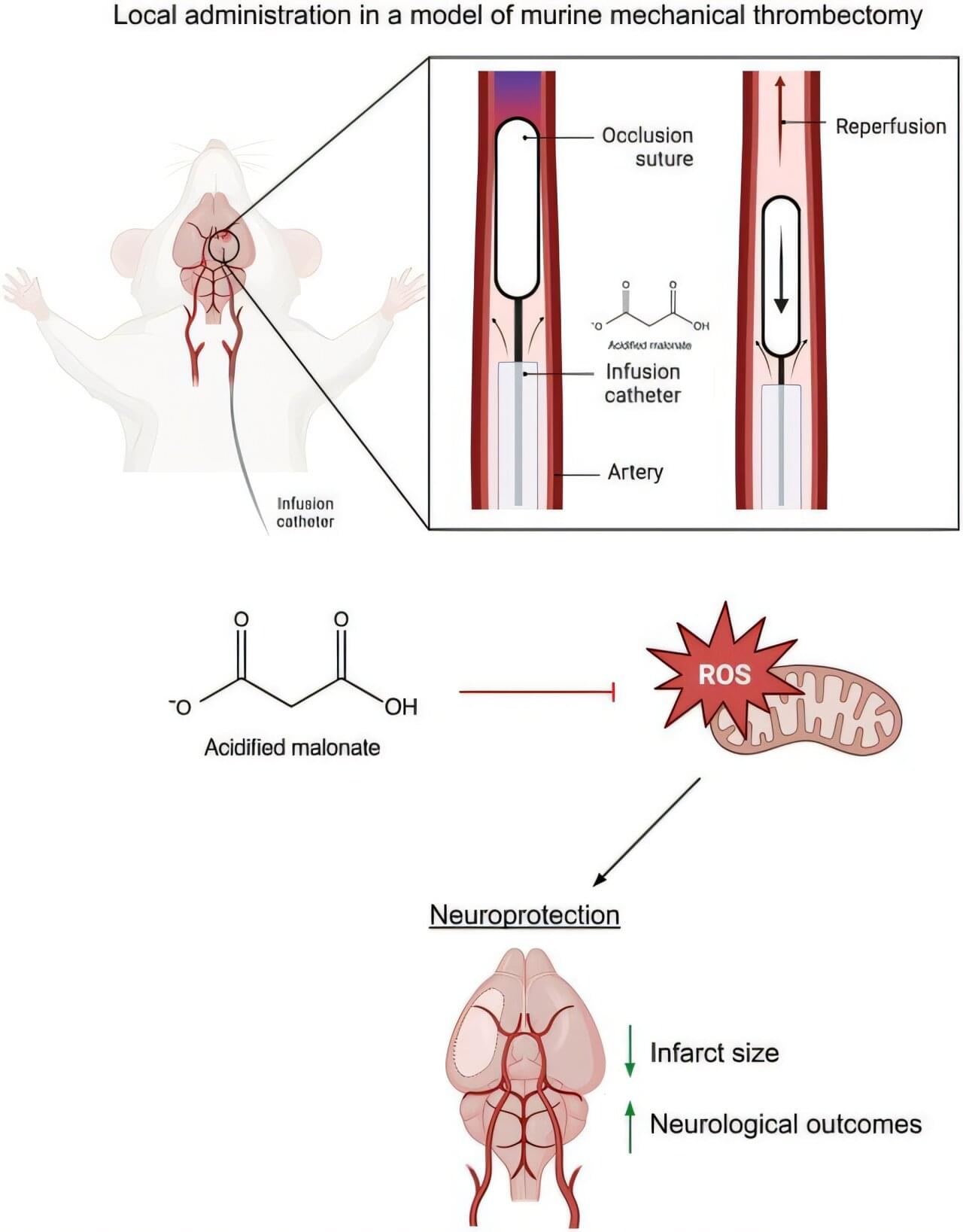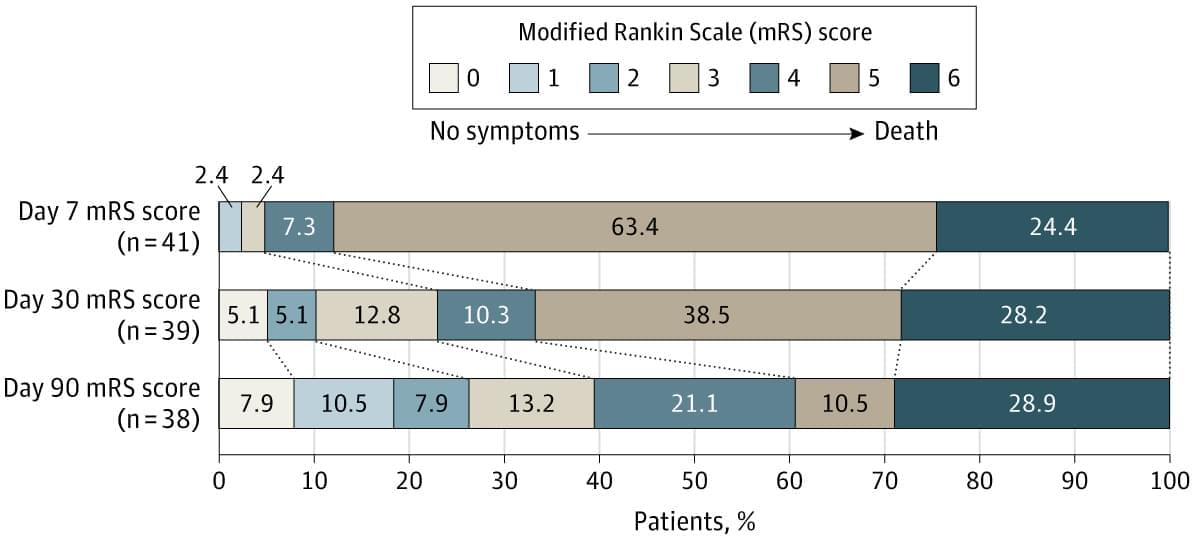Both groups showed significant reductions in anxiety levels. The control group receiving traditional therapy had a 45% reduction on the Hamilton scale and a 50% reduction on the Beck scale, compared to 30% and 35% reductions in the chatbot group. While the chatbot provided accessible, immediate support, traditional therapy proved more effective due to the emotional depth and adaptability provided by human therapists. The chatbot was particularly beneficial in crisis settings where access to therapists was limited, proving its value in scalability and availability. However, its emotional engagement was notably lower compared to in-person therapy.
The Friend chatbot offers a scalable, cost-effective solution for psychological support, particularly in crisis situations where traditional therapy may not be accessible. Although traditional therapy remains more effective in reducing anxiety, a hybrid model combining AI support with human interaction could optimize mental health care, especially in underserved areas or during emergencies. Further research is needed to improve AI’s emotional responsiveness and adaptability.
Background The increasing demand for psychotherapy and limited access to specialists underscore the potential of artificial intelligence (AI) in mental health care. This study evaluates the effectiveness of the AI-powered Friend chatbot in providing psychological support during crisis situations, compared to traditional psychotherapy. Methods A randomized controlled trial was conducted with 104 women diagnosed with anxiety disorders in active war zones. Participants were randomly assigned to two groups: the experimental group used the Friend chatbot for daily support, while the control group received 60-minute psychotherapy sessions three times a week. Anxiety levels were assessed using the Hamilton Anxiety Rating Scale and Beck Anxiety Inventory. T-tests were used to analyze the results. Results Both groups showed significant reductions in anxiety levels.







